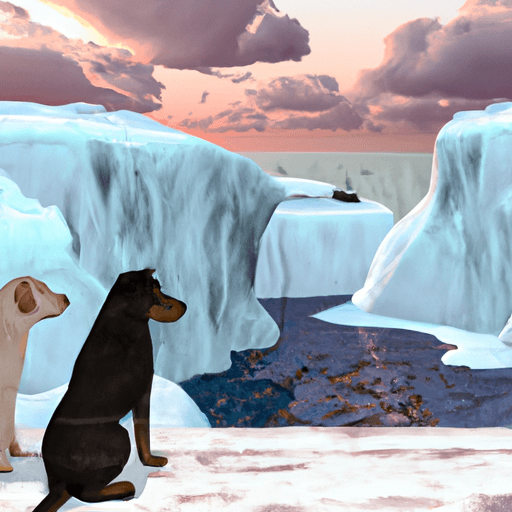Climate Change and Its Impacts on Animal and Plant Behavior: A Fascinating Inquiry
Climate change is affecting ecosystems around the world, altering both plant and animal behavior patterns. This article will delve into the recurring patterns and causative factors, exploring long-term ramifications on communities and their ecosystem. Our study spans from plant flowering times to animal behaviors such as hibernation, migration, and breeding patterns.
Effects on Plant Behavior
Several studies indicate that global warming irrevocably impacts the plant world. The phenological cycle - related to events such as flowering and fruiting - is one of the most tangible signs that the natural world endures climate change.
A case in point is a study (Cleland, 2007) that reveals an accelerated flowering and fruiting process in plants due to increased temperatures. However, a shift in this lifecycle can have serious repercussions, leading to synchrony loss between plants and their pollinators, and impacting food chains.
Impact on Animal Behavior
Climate change additionally affects the behavior of various animal species. Researchers are reporting significant changes in hibernation, migration, and breeding periods. For example, warmer winters are causing some species to cut short their hibernation periods (Inouye, 2000), which can impact ecosystems by changing predator-prey relationships.
Similarly, migratory birds are arriving at their summer breeding grounds earlier, due to warmer spring temperatures (Cotton, 2003). This shift can lead to a mismatch between peak food requirements of chicks and the peak abundance of their insect prey.
Key Factors and Long-term Implications
These alterations may be primarily attributable to rising global temperatures, falling sea ice levels, and altered rainfall patterns. Over time, these shifts could lead to a decline in biodiversity and affect ecosystem health. Ecosystems that lose diversity tend to be less resilient in the face of environmental changes.
The Role of Human Intervention
Human activities contribute significantly to climate change, leading to altered behavioral patterns in plants and animals. While efforts to mitigate climate change have already begun, further action is vital. Understanding these behavioral shifts is the first step, followed by minimizing our environmental footprint and implementing sustainable practices.
Conclusion
While the effects of climate change are broad and complex, it is crucial that we understand them in order to protect our planet's biodiversity. By recognizing the role we play, we can make informed decisions to mitigate these impacts and preserve our ecosystems for future generations.

















Comments
Leave a Comment